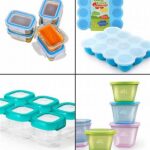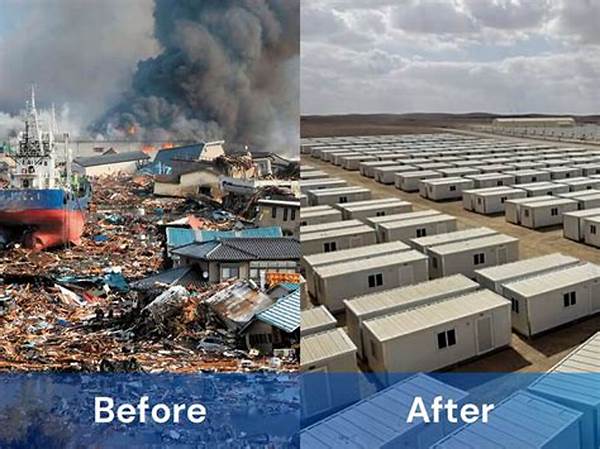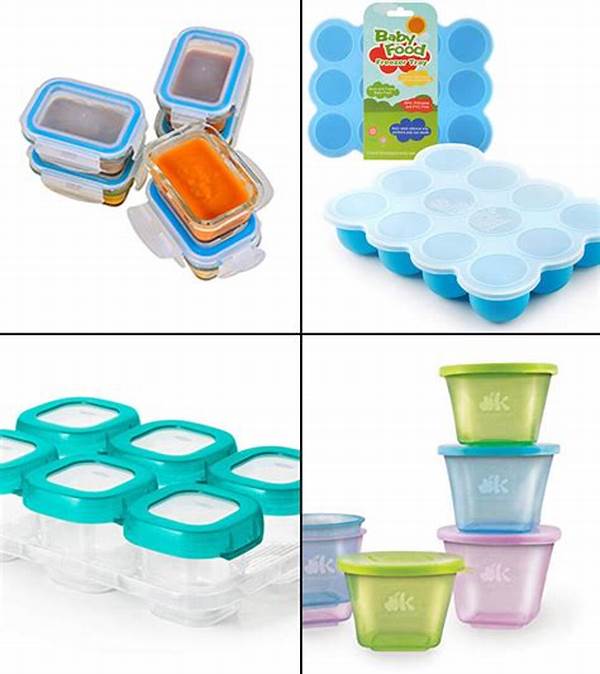In a world where natural disasters strike with little warning, leaving behind a trail of destruction and despair, having a quick and effective housing solution is not just a need, it’s a matter of survival. Enter the humble shipping container. Yes, you heard that right. Once dismissed as mere metal boxes used for transporting goods across oceans, these containers have found a new, life-saving purpose. Transforming into rapid disaster relief housing, they offer an innovative approach to sheltering displaced populations. With rising sea levels and increasingly erratic weather patterns, this solution is, quite literally, the saving grace many communities have been waiting for.
Read More : Waste Containers For Hazardous Waste
Now, before you cast these containers aside as a less-than-glamorous option, consider this: they are strong, durable, and already designed to withstand the harsh conditions of international shipping. And the best part? They’re stackable and easily transportable, making them a perfect choice for quick deployment in disaster-stricken areas. Forget the tent cities of the past, where vulnerability to weather and lack of security were rampant. These shipping containers can be repurposed swiftly and efficiently into secure, livable homes. So, how do these miracle boxes stack up in providing disaster relief housing? Let’s dive in.
The Unseen Hero of Disaster Relief
Shipping containers aren’t just any metal boxes. Their use in rapid disaster relief housing is a game-changer and turning heads worldwide. We’ve engineered cities out of thin air, yet it’s these containers that are now making real waves in housing. From hurricanes to earthquakes, they stand unwavering, ready to reclaim their rightful place as the unsung heroes of disaster zones. Crafted from corrosion-resistant steel, they offer unparalleled security and can be outfitted with insulation, plumbing, and electricity to provide a sense of normalcy and dignity amid chaos.
Why Shipping Containers?
The practical magic behind shipping containers used for rapid disaster relief housing lies in their adaptability. These containers offer robust steel construction, often making them more resilient than traditional housing. Ever wondered how they become homes? It’s an architectural makeover involving careful design to incorporate windows, doors, and essential living amenities. These containers are not just homes; they’re fortresses protecting families from environmental adversities.
Shipping Containers: More Than Just Boxes
Now, let’s bust one myth: Shipping containers are more than mere makeshift residences. They’re evolving into sophisticated units complete with integrated systems that cater to specific needs. Equipped for long-term use, they can host heating systems, solar panels, and even green roofs, blending functionality with sustainability. You’ve got comfort, security, and a future-proof home—all packed into a 40-foot box. Opt for containers as housing, and wave goodbye to the stereotypical image of boring metal boxes.
Transforming Lives, One Container at a Time
Imagine a community hit by a devastating earthquake. Homes flattened, lives disrupted, despair prevalent. Enter the shipping container, offering a beacon of hope. With minimal construction time, these containers can be swiftly converted into homes for families that have lost everything. They provide not just shelter, but a modicum of security and privacy vital for recovery. Don’t take our word for it; listen to those who have lived through this miracle.
Benefits and Challenges
Advantages:
Challenges:
Read More : Plastic Containers Perfect For Storing Seasonal Decorations
Potential Impact and Future Outlook
Historical anecdotes echo the profound impact of shipping containers used for rapid disaster relief housing. From Haiti to Japan, these structures have provided the foundation upon which communities rebuild and emerge resilient. Moreover, with advancements in eco-friendly materials and tech-driven comfort additions, these houses are future-ready. They symbolize resilience and adaptability in ways traditional construction simply can’t.
Innovations on the Horizon
What’s next, you ask? The horizon gleams with potential. We’re talking interactive systems that optimize living conditions, from air quality sensors to smart temperature controls. Innovations like this are rendering containers not just functional, but fantastic alternatives to conventional housing post-disasters.
Conclusion: A Future Built on Steel
Shipping containers used for rapid disaster relief housing are redefining modern architecture’s role in crisis management. Offering not just shelter but a sustainable lifestyle, they stand as a testament to human ingenuity. Consider it next time you think about disaster relief investments; these contain more than we often credit them for—security, dignity, and survival. After all, it’s sometimes the simplest solutions that hold the grandest of impacts.
Closing Thoughts: Evolution of a Concept
The steel giants once limited to ports are now the avant-garde of emergency housing. Their evolution paints not just a picture of architectural adaptability but of hope in rebuilding lives compelled into despair by nature’s brutal hand. Let’s continue sharing witness accounts and empower more communities to embrace these structures as lifelines in their darkest hour.










